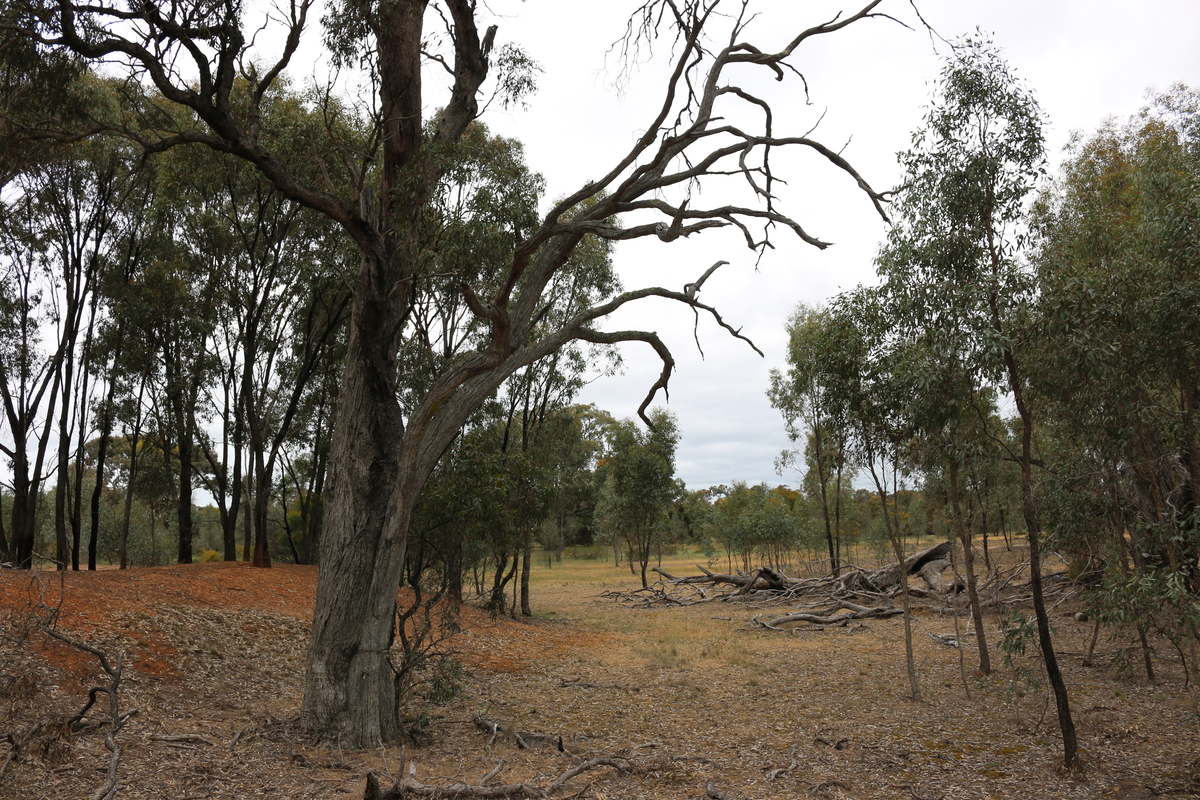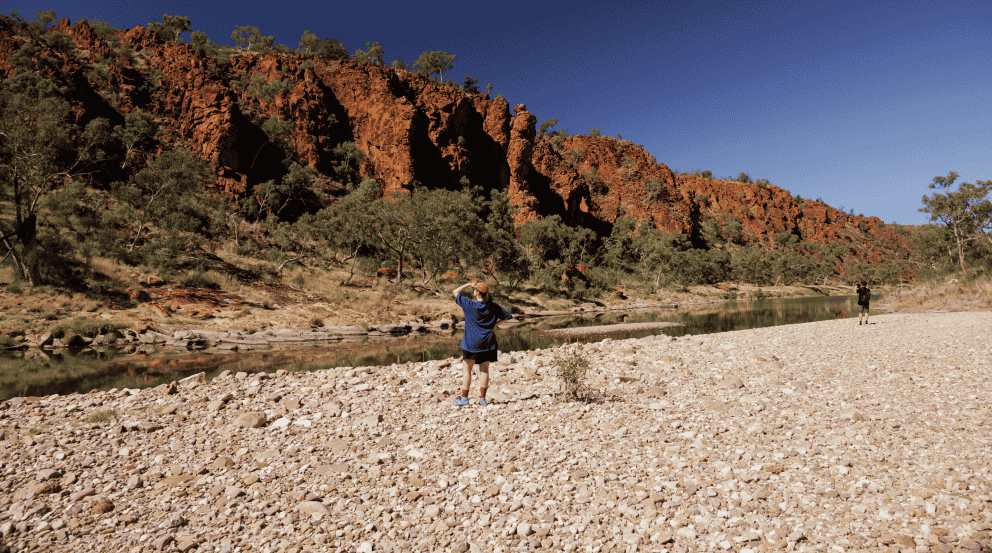Reducing your plastic waste doesn’t mean you have to go full eco-warrior. You just need a plan. Below, Bank Australia customer John Rbeiz – who’s also one of our People Australia Needs for 2021 – shares his tips on how he managed to fit two years of plastic waste into one glass jar (yes, really).
I first realised just how bad plastic was when I was a kid at school in Lebanon. The teacher was telling us about what happens when plastic bags end up in the sea – that sea turtles eat them, thinking they’re jellyfish.
As a child, this was a traumatic image. Watching sea turtles hatch at sunset and crawl down into the water is one of the most beautiful things I’ve seen in my life. But 25 years later and the way we use plastic hasn’t really changed. If anything, it’s become worse. And everywhere I’ve travelled in the world, the coast is where you see it the most. There’s always rubbish.
I moved to Australia in 2014 to do my Masters in Engineering and Business at the University of Melbourne. In 2018, when Australia was in the middle of the recycling crisis, and the landfills in Lebanon were all full, I made the decision to cut back on my plastic waste for good. I thought ‘If not me, who?’.
Reducing my plastic intake was definitely a struggle at first. But now, over two years later, I can fit all my plastic waste into one glass jar. Here’s how you can too.
1. Find your ‘why’
Reducing your waste is like any new habit: you need to figure out why you’re doing it. If you don’t, your chances of sticking with it are pretty low. Having a ‘why’ is going to fuel you and inspire you to keep you going.
For me, I wanted to see more trees and hear more birds. I wanted to swim without having a plastic bag brush up against my leg. I wanted to be in nature and find that it was clean. These images are what keep me motivated.
2. Set achievable goals
Be ambitious, but be reasonable too. Don’t set a goal of zero plastic waste if you’re only just starting your journey, because you’ll struggle and chances are you’ll give up before reaching your target. Instead, think about reducing your waste at a steady pace.
3. Expect the first 30 days to be challenging
Reducing your plastic usage won’t happen overnight. After all, we’re unlearning old habits, and we have to relearn different ways of living. It’s a steep learning curve, some planning – like setting those goals – when you begin will make it easier.
4. Find alternatives
What’s something you buy a lot of that you could swap out with a plastic-free alternative? I started with my morning coffee. I have a coffee every day, and I know a KeepCup is an easy swap. Then I moved on to takeaway. I started taking reusable containers to my local restaurants and cafes. I made a lot of friends doing this – I was the ‘Container Guy! And by doing this, you’re also letting these businesses know what’s important to you!
Investigate buying a different brand – getting something that’s wrapped in paper rather than plastic – or making things yourself. I started making my own cleaning products (they smell so much nicer than the chemical stuff and still work perfectly). Google has lots of great tips and swaps.
5. Break down your goals
Rather than trying to reduce all of your plastic usage at once, try breaking it down into something manageable. I started with my kitchen. One weekend, I looked at the contents of my pantry and fridge, made a note of the plastic that’s in there, and started thinking of alternatives for each item. I knew a good bulk food store, and thought I could take reusable containers and get them refilled there. I also thought I could buy fresh fruit and veggies in my mesh bags from the market rather than in their plastic bags and of course stay away from plastic-wrapped produce from the supermarket. Now the only thing I struggle with is Tim Tams.
6. Keep your waste for the first 30 days
This is great, because you see how much – or little – waste you’re creating. It helps you measure and celebrate your progress. I have a little bin that I put all my plastic in, and everything that goes into it acts as a prompt: how can I avoid this? Is there an alternative? Can I make this myself? Two years later and that bin still isn’t full. In fact, I’ve transferred it into a glass jar – that’s how little plastic I use now.
7. Sometimes there won’t be alternatives, and that’s OK
If there’s something you consume very little of, that you might buy once a year and it’s hard to find an alternative, don’t worry about it. Do what’s right for you. The goal is to reduce, not hit zero.
We’re proud to have John as a Bank Australia customer. Find out more about our people here.








